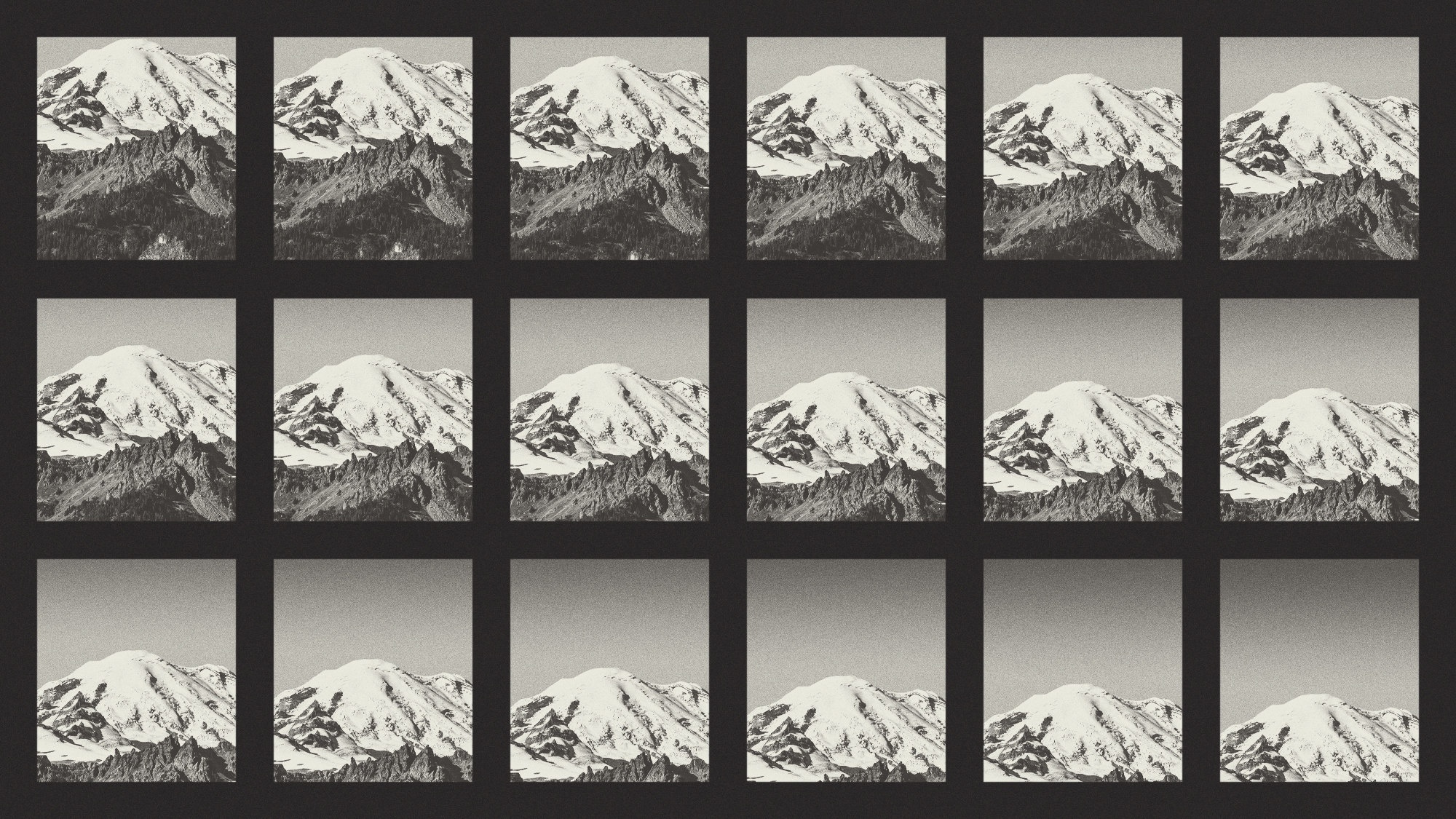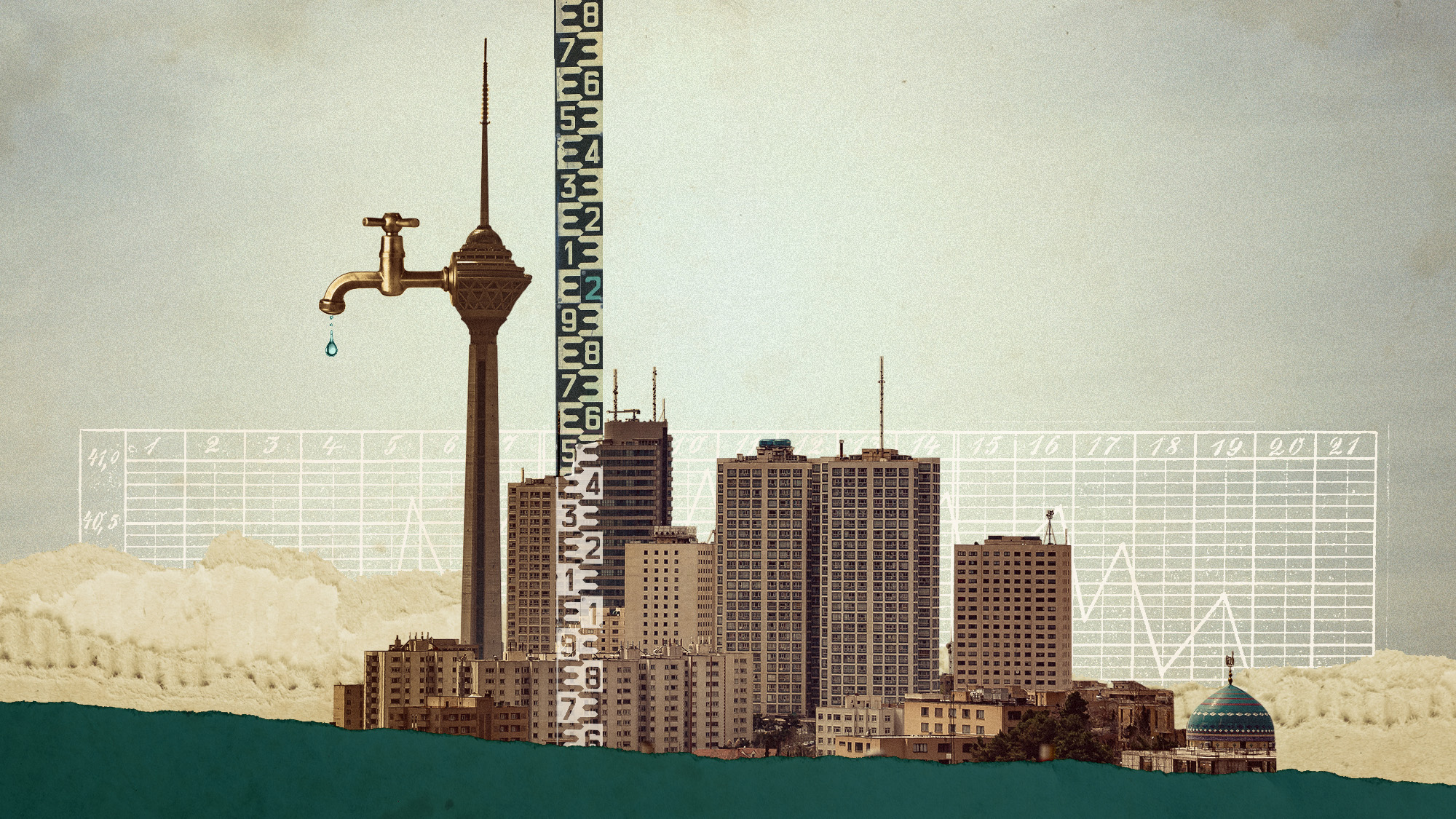Iceberg A23a is taking a spin
As the iceberg turns, so too does its effect on the neighboring ecosystem


The world's largest iceberg, A23a, is spinning north of Antarctica and it probably will do so for a long time. The block of ice is caught in a swirling ocean current caused by an obstruction on the ocean floor. Over time, the rotating iceberg could affect the ecology of the region as it slowly melts and erodes.
A case of the spins
The A23a iceberg is four times the size of New York City. It broke from the Antarctic coastline in the 1980s but got stuck to the floor of the Weddell Sea. There it stayed until 2020 when it freed itself and began drifting. Now, the "megaberg is in its spinning era," said the British Antarctic Survey on X. A23a entered the Antarctic Circumpolar Current (ACC), which would normally cause the berg to move faster. However, it has instead got caught up in a Taylor column, a type of vortex.
A Taylor column occurs when a current "meets an obstruction on the seafloor," and under the right circumstances can "separate into two distinct flows, generating a full-depth mass of rotating water between them," said the BBC. "In this instance, the obstruction is a 100km-wide bump on the ocean bottom known as Pirie Bank. The vortex sits on top of the bank, and for now A23a is its prisoner."
The Week
Escape your echo chamber. Get the facts behind the news, plus analysis from multiple perspectives.

Sign up for The Week's Free Newsletters
From our morning news briefing to a weekly Good News Newsletter, get the best of The Week delivered directly to your inbox.
From our morning news briefing to a weekly Good News Newsletter, get the best of The Week delivered directly to your inbox.
"It's basically just sitting there, spinning around, and it will very slowly melt as long as it stays there," Alex Brearley, the head of the Open Oceans research group at the British Antarctic Survey, said to The New York Times. "What we don't know is how quickly it will actually come out of this." Scientists expect that "if A23a spends an extended time in the vortex, the iceberg could melt significantly and affect plankton and other organisms in the marine food chain." Eventually, the iceberg will move to warmer waters and gradually melt.
An icy reception
While A23a breaking off into the sea is not necessarily a concern, the Antarctic is seeing the effects of climate change. "These big icebergs are spectacular, but they're just the way Antarctica works. This is how an ice sheet works. It gathers snow, and the snow thickens and flows off into the ocean, and then pieces break off," Ted Scambos, a senior research scientist at the University of Colorado Boulder, said to NPR. "And in Antarctica, those pieces are really, really large." When it comes to A23a, the "time had just come," Andrew Fleming, a remote sensing expert from the British Antarctic Survey, said to the BBC.
But the "increasing rate of iceberg calving in Antarctica raises concerns about the stability of ice shelves and the potential for accelerated sea-level rise," said Earth.com. Melting glaciers are a growing problem contributing to sea level rise across the world. According to the NASA Earth Observatory, Antarctica hit a record low for sea ice in February 2023, with even more stark ice loss in the Arctic.
Icebergs can greatly affect marine ecosystems, serving both as creator and destroyer. An iceberg like A23a can shed nutrients it "accumulated from Antarctica" and stir up "deep water, possibly sparking a plankton bloom in its wake," and such an iceberg can also "scrape and scour the seafloor in shallow waters," wrecking the ecosystem, said NPR.
A free daily email with the biggest news stories of the day – and the best features from TheWeek.com
Devika Rao has worked as a staff writer at The Week since 2022, covering science, the environment, climate and business. She previously worked as a policy associate for a nonprofit organization advocating for environmental action from a business perspective.
-
 Crest falling: Mount Rainier and 4 other mountains are losing height
Crest falling: Mount Rainier and 4 other mountains are losing heightUnder the radar Its peak elevation is approximately 20 feet lower than it once was
-
 Death toll from Southeast Asia storms tops 1,000
Death toll from Southeast Asia storms tops 1,000speed read Catastrophic floods and landslides have struck Sri Lanka, Indonesia, Thailand and Malaysia
-
 Can for-profit geoengineering put a pause on climate change?
Can for-profit geoengineering put a pause on climate change?In the Spotlight Stardust Solutions wants to dim the sun. Scientists are worried.
-
 How will climate change affect the UK?
How will climate change affect the UK?The Explainer Met Office projections show the UK getting substantially warmer and wetter – with more extreme weather events
-
 Can the UK do more on climate change?
Can the UK do more on climate change?Today's Big Question Labour has shown leadership in the face of fraying international consensus, but must show the public their green mission is ‘a net benefit, not a net cost’
-
 Did Cop30 fulfil its promise to Indigenous Brazilians?
Did Cop30 fulfil its promise to Indigenous Brazilians?Today’s Big Question Brazilian president approves 10 new protected territories, following ‘unprecedented’ Indigenous presence at conference, both as delegates and protesters
-
 Can the world adapt to climate change?
Can the world adapt to climate change?Today's Big Question As the world gets hotter, COP30 leaders consider resilience efforts
-
 Taps could run dry in drought-stricken Tehran
Taps could run dry in drought-stricken TehranUnder the Radar President warns that unless rationing eases water crisis, citizens may have to evacuate the capital


